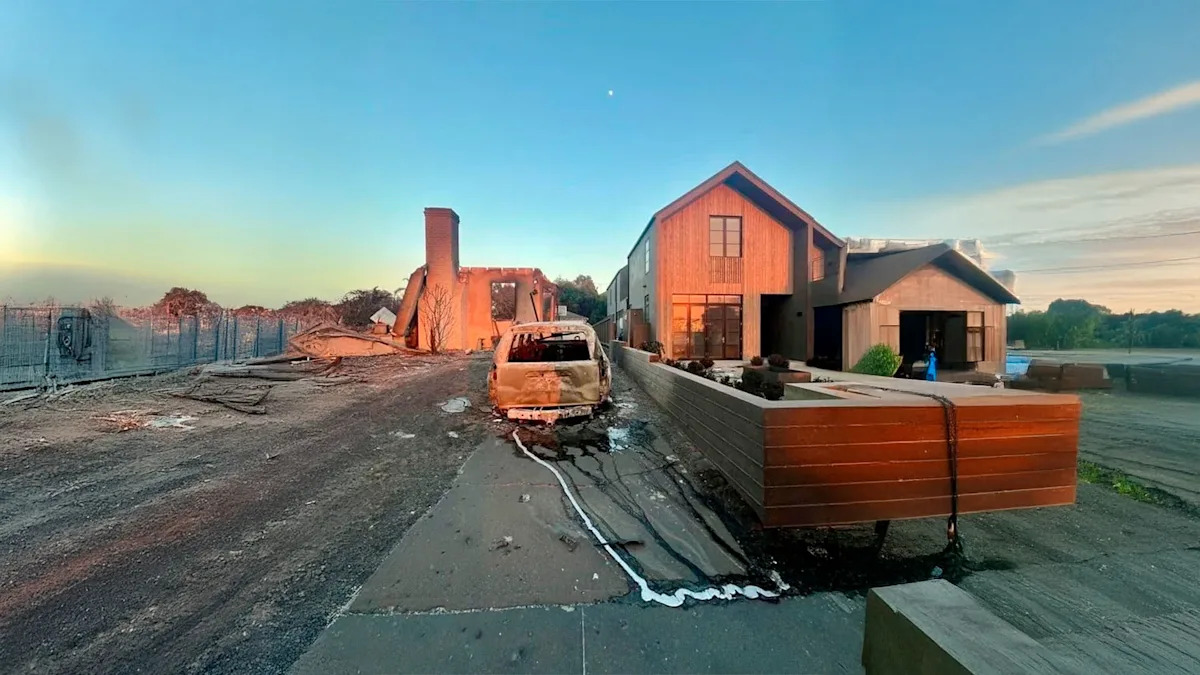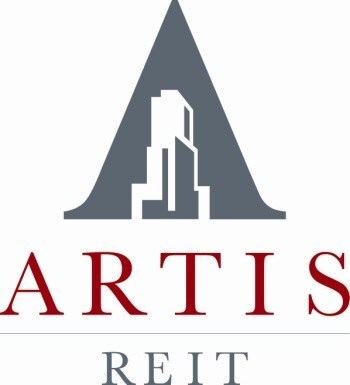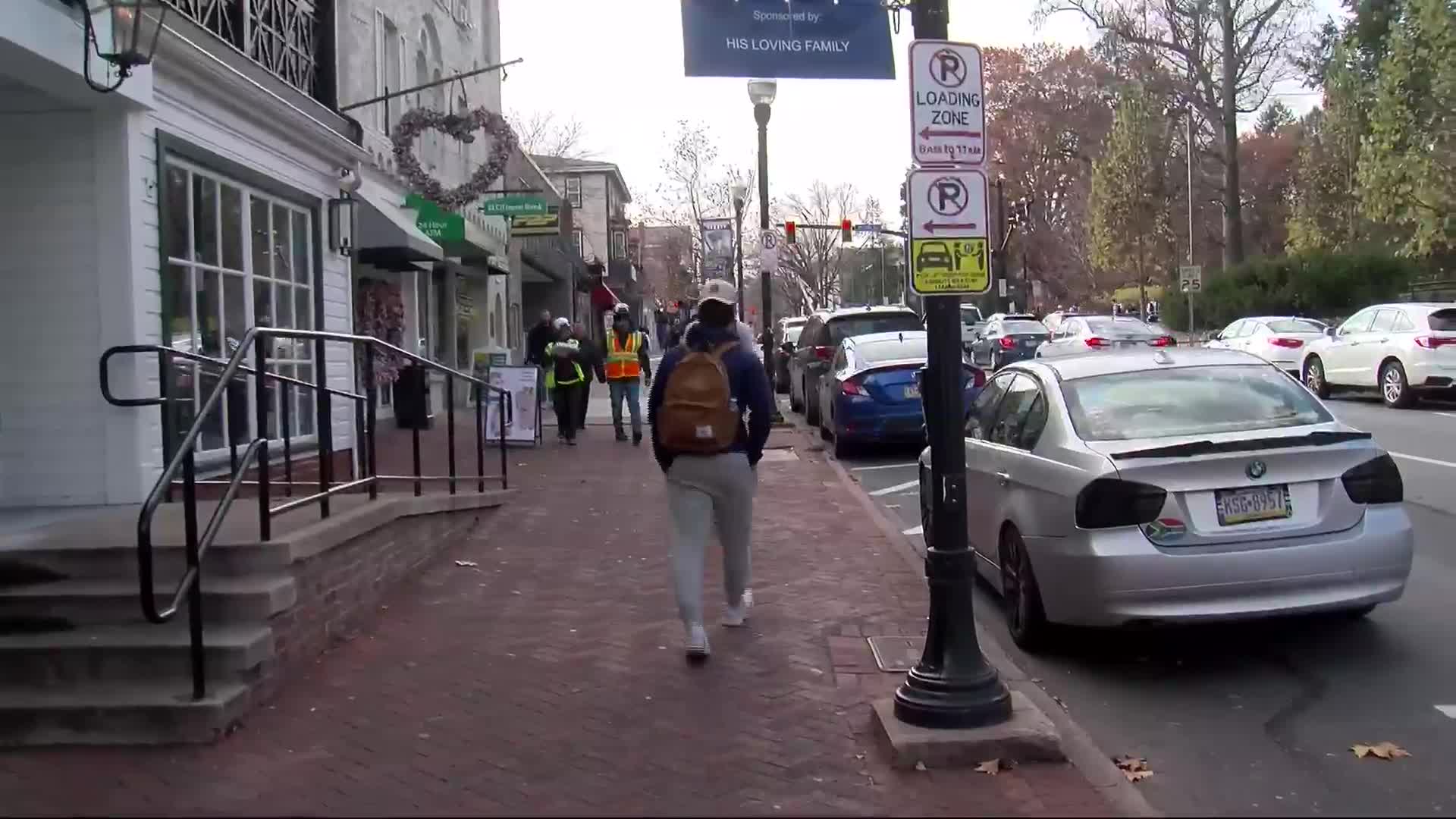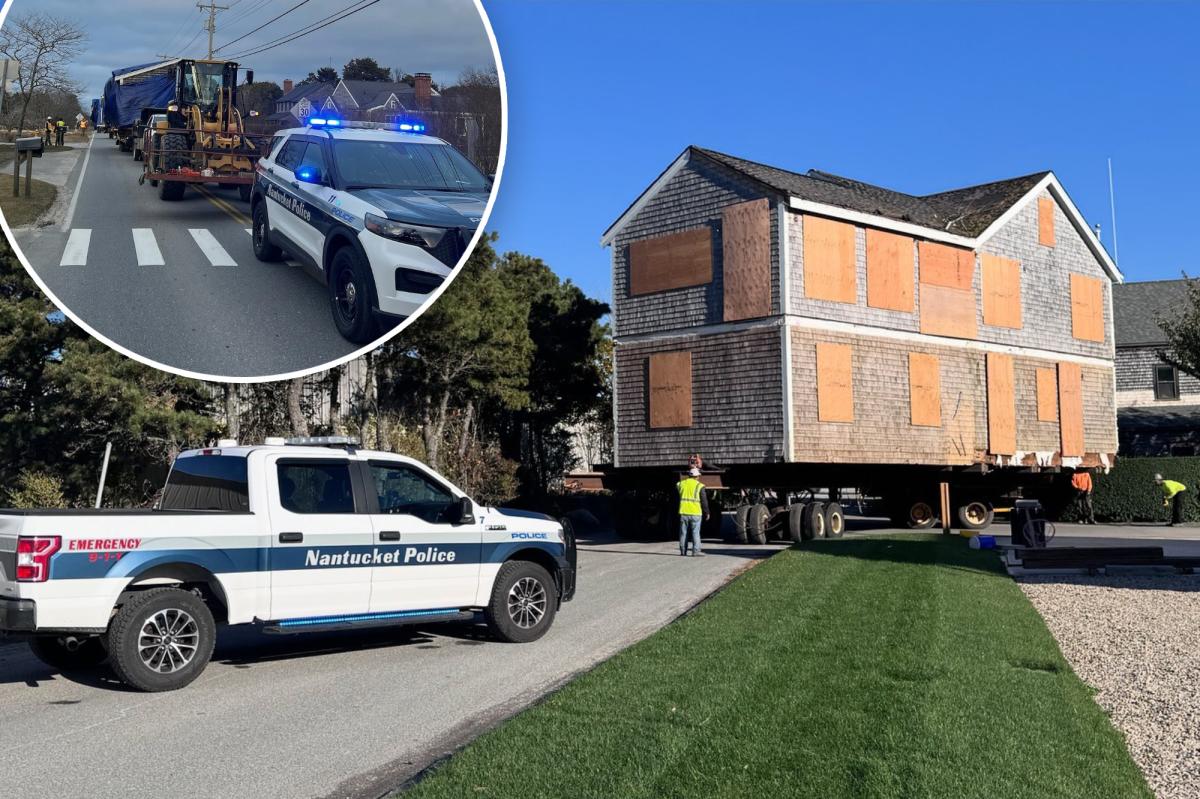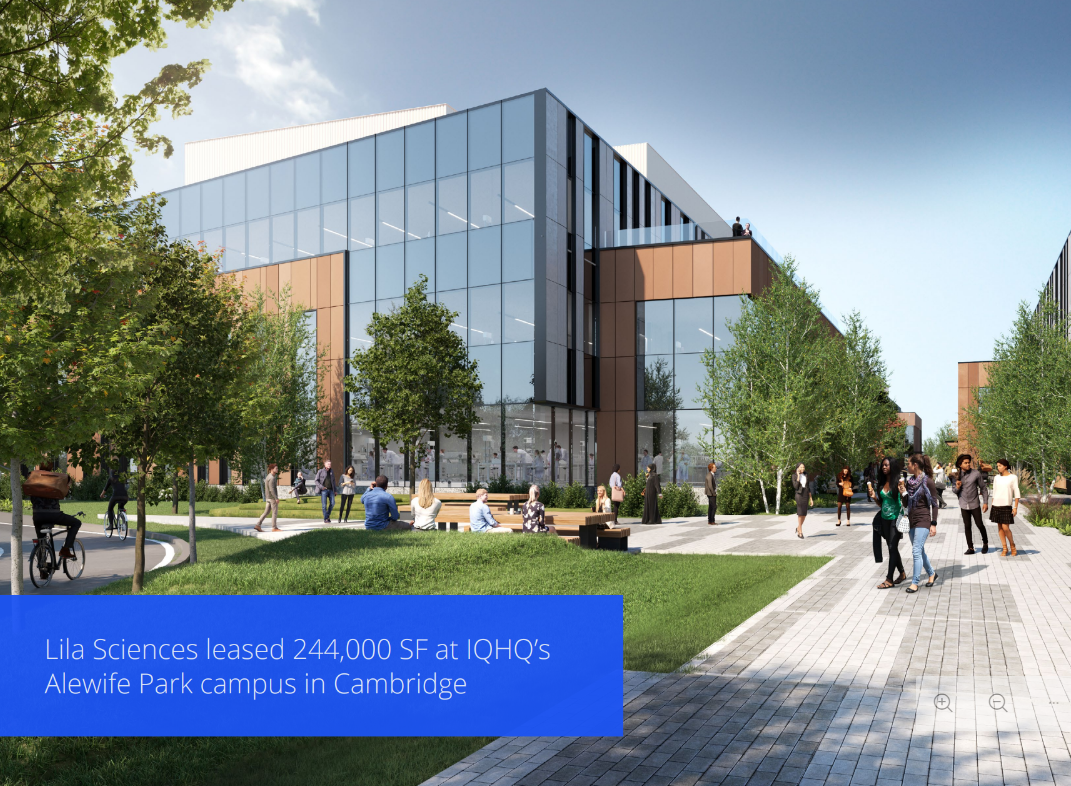M
ass Timber Poised to Transform U.S. Housing Landscape, Says Developer Tyson Dirksen
SANTA BARBARA, CA – In a world where climate urgency, housing scarcity, and shifting tenant expectations converge, mass timber is emerging as a game‑changing material for the next wave of real estate. Tyson Dirksen, a seasoned developer and founder of Evolve Development Group, argues that this wood‑based construction method will become the backbone of future projects.
Dirksen’s 25‑year career sits at the crossroads of sustainability, design, and investment. He earned a Master’s in Real Estate Development and Finance from MIT, a program that deepened a lifelong passion sparked by his parents, who were hands‑on real‑estate investors. Growing up in drought‑prone California during the 1980s, Dirksen learned early that resource scarcity demanded practical solutions. “Sustainability was not a theory; it was a daily consideration,” he recalls. That mindset has driven his conviction that the built environment—responsible for roughly 40 % of global carbon emissions—must evolve toward greener alternatives.
The United States faces a severe housing deficit, with estimates of a 5‑million‑unit shortfall. Underbuilding, rising costs, and economic downturns have all contributed to this crisis. Dirksen sees this as a wake‑up call for a new construction paradigm. “We need to treat housing like a manufactured product,” he says. “Prefabrication is essential, and mass timber is the most forward‑thinking material for that approach.”
Mass timber, especially panelized systems, delivers speed and quality. Walls are fabricated with precision in a factory, then shipped flat‑packed to the site for rapid assembly—akin to building a large‑scale Ikea set. This factory control ensures consistent quality and dramatically shorter erection times.
Beyond speed, mass timber offers significant environmental benefits. When sourced from responsibly managed forests, it acts as a carbon sink rather than a source. Dirksen cites a Seattle project that achieved 46 % lower embodied carbon compared to a conventional concrete structure. As developers and tenants increasingly prioritize sustainability, this advantage becomes a decisive factor.
Health and occupant wellbeing also improve with natural materials. “Wood creates a warm, alive environment that boosts health and productivity,” Dirksen notes. With people spending 86.9 % to 93 % of their time indoors—roughly 20–22 hours a day—quality of indoor space directly impacts daily life. Studies show that natural materials like wood can enhance mood, reduce stress, and improve overall well‑being.
Mass timber’s rapid adoption could address the U.S. housing shortage while simultaneously reducing the industry’s carbon footprint and enhancing occupant health. Dirksen envisions a future where prefabricated, timber‑based homes are the norm, delivering speed, sustainability, and comfort in equal measure. As the real‑estate sector grapples with environmental mandates and market demands, mass timber stands ready to lead the transformation.
